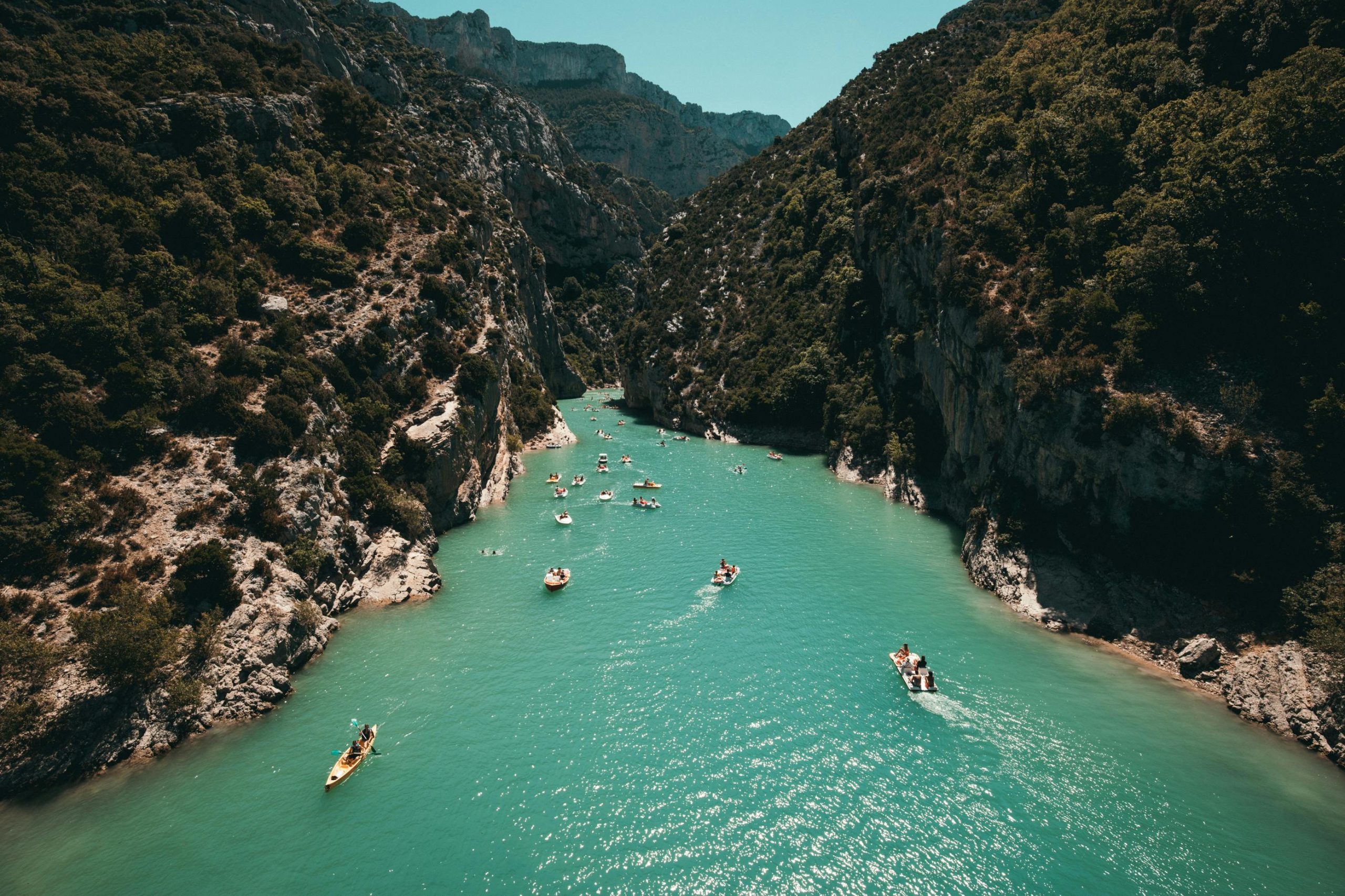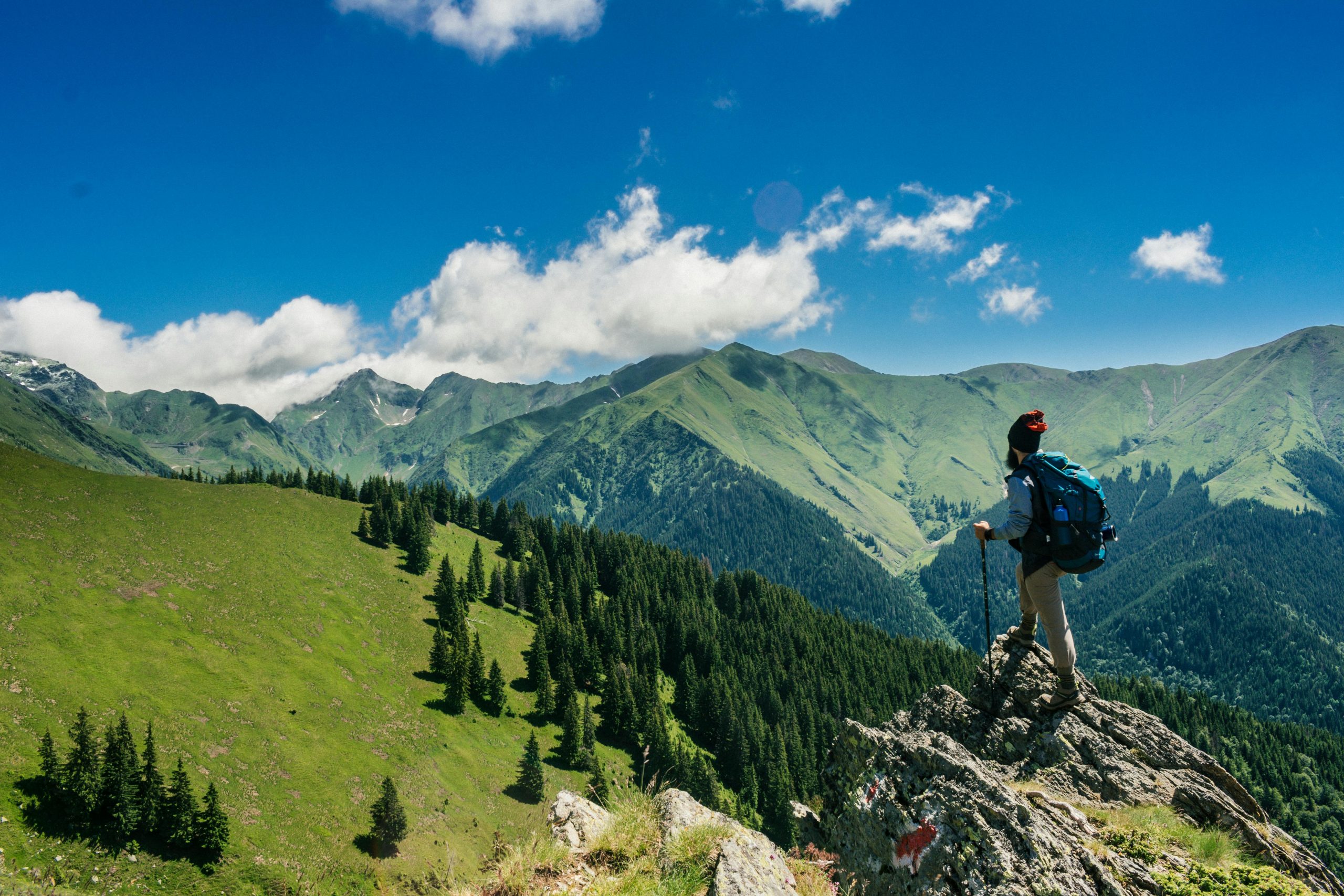This Article Was Generated By AI.

The Art of Getting Lost
We travel not to find ourselves, but to remember how vast we are.
The Myth of the Itinerary
Guidebooks lie. The soul cannot be scheduled.
True movement begins where plans end—
in the wrong turn down a Venetian alley that hums with gondoliers’ forgotten songs,
in the missed connection that strands you at a rural Argentine bus stop where the stars press close enough to taste.
The best journeys are written in erasures.
A Taxonomy of Displacement
The Tourist collects places like pressed flowers—
brittle, perfect, dead.
The Wanderer follows the scent of bread baking in unfamiliar ovens,
becoming momentarily native wherever hunger leads.
The Exile carries homesickness like a compass,
discovering every north points elsewhere.
Most of us contain all three in shifting proportions.
The Grammar of Elsewhere
Foreign languages perform alchemy:
In Mandarin, “crisis” (危机) contains the character for “opportunity”
The Portuguese “saudade” has no English equivalent—
a ghost limb of the heart
The Inuit don’t say “goodbye” but “see you again”
To travel is to learn new ways of shaping absence.
The Paradox of Maps
Cartography is the gentle tyranny of knowing.
The most truthful maps show:
Where the wifi doesn’t reach
Which benches invite lingering
How shadows fall at the golden hour
True navigation requires surrendering to what can’t be charted—
the way a Parisian shrug can rewrite your life story,
how Balinese temple bells rearrange your bones.
The Only Necessary Packing List
A notebook with blank pages
Two kinds of courage:
to say “yes” to strange invitations
to say “no” to familiar comforts
The understanding that you will return
as a slightly different person
to a slightly different home
Final Coordinates:
All great journeys end where they began—
not at a physical location,
but at the threshold of your next becoming.
The passport stamps fade;
the horizon never does.



